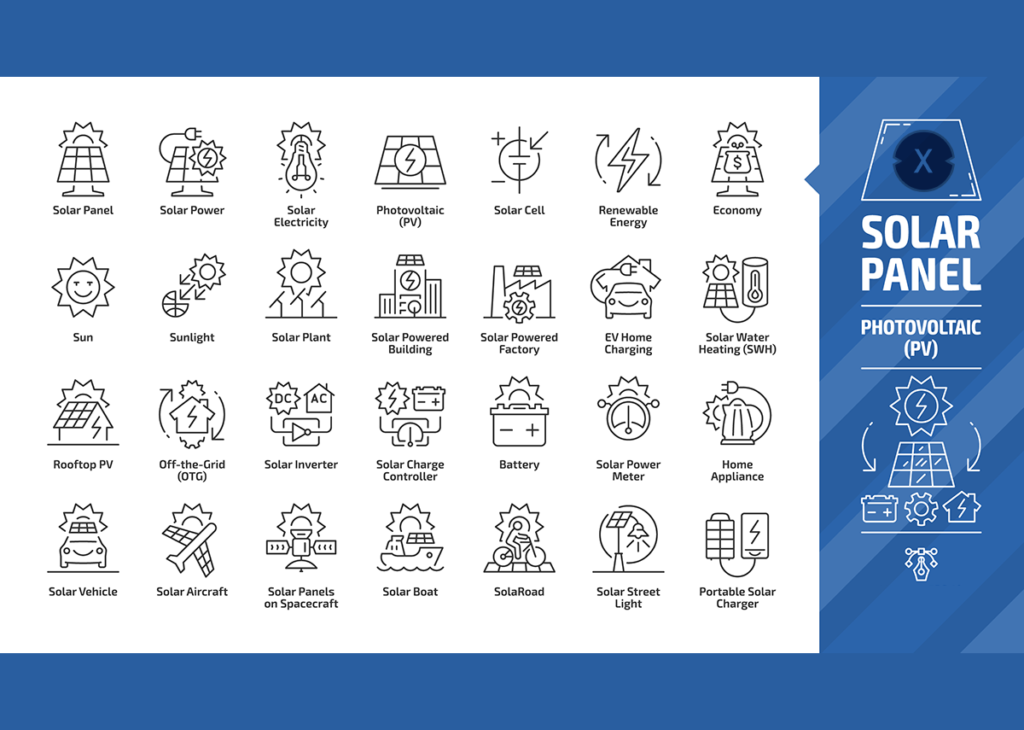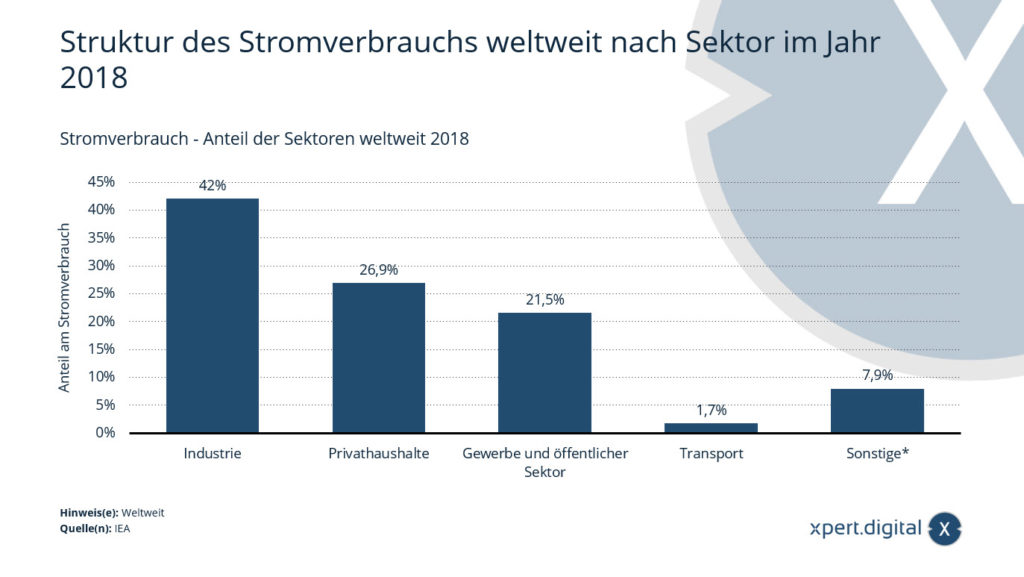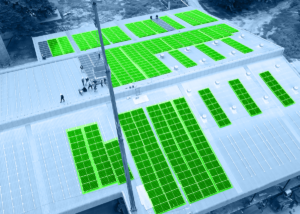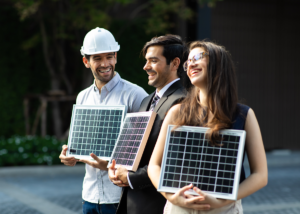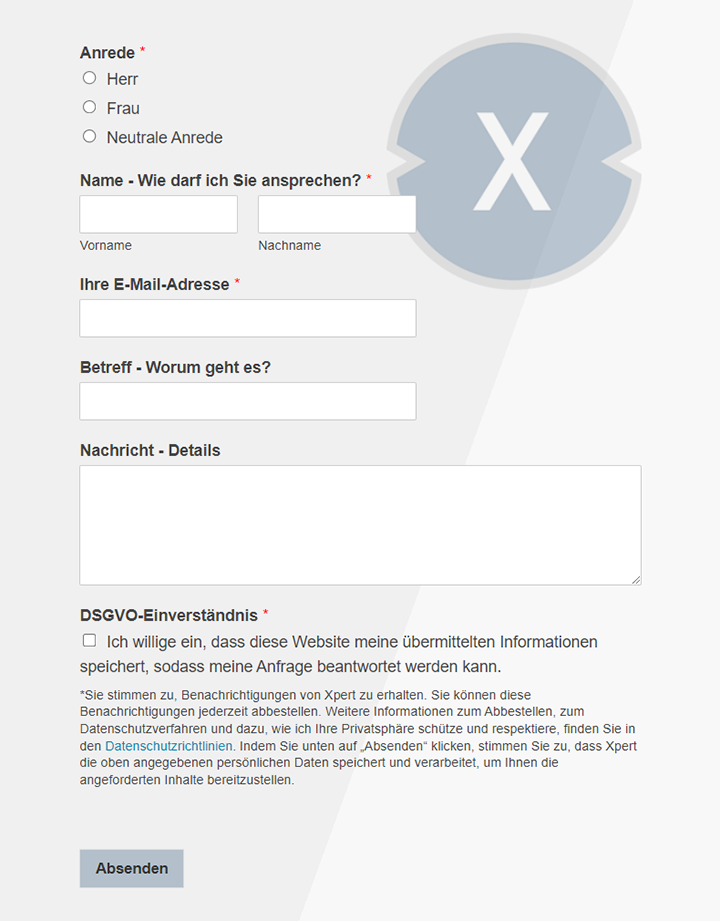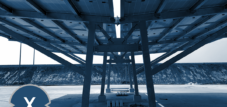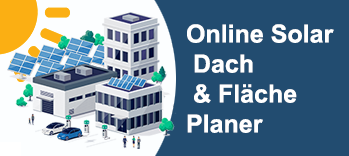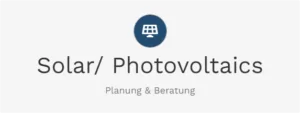Looking for a solar carport: building a solar parking space roof or planning a system in Villingen-Schwenningen, Sindelfingen, Schwäbisch Gmünd or Rastatt?
Published on: September 30, 2021 / Update from: September 30, 2021 - Author: Konrad Wolfenstein

Solar carports protect parking areas and generate electricity - Image: Xpert.Digital / Michael Vi|Shutterstock.com
Solar carports have a dual function: protection from the weather and power generation
Solar carports protect your parking areas from the elements. Thanks to the optimized mounting system, the PV carports form safe roofs that also generate electricity. Both private car owners and parking spaces in supermarkets or municipalities benefit from the advantages of a solar carport. By generating electricity from the modules, the PV system pays for itself after a short period of time. You also visually enhance the parking areas.
Climate protection is not only changing building laws, it will also completely change our current parking, fueling and driving behavior in the next few years. With your own solar system on the roof, be it on the building or hall, or as a solar parking lot roof, you become independent of electricity. The autonomous power supply .
📣 Parking areas solar solutions for industry, retail and municipalities
Everything from a single source, specially designed for solar solutions for large parking areas. You refinance or counterfinance into the future with your own electricity generation.
🎯 For solar engineers, plumbers, electricians and roofers
Advice and planning including a non-binding cost estimate. We bring you together with strong photovoltaic partners.
👨🏻 👩🏻 👴🏻 👵🏻 For private households
We are positioned across regions in German-speaking countries. We have reliable partners who advise you and implement your wishes.
With over 1,000 specialist articles, we cannot present all topics here. Therefore, you will find a small excerpt from our work here and we would be pleased if we have piqued your interest in getting to know us better:
Our photovoltaics library (PDF)
Large PDF library: Market monitoring and market intelligence on the subject of photovoltaics.
Data is viewed at regular intervals and checked for relevance. This usually brings together some interesting information and documentation, which we combine into a PDF presentation: our own data analyzes and marketing intelligence as well as external market observations.
More about it here:
Electricity consumption - share of sectors worldwide
The statistics show the structure of electricity consumption worldwide by sector in 2018. In 2018, the industrial sector consumed around 42 percent of the electricity consumed worldwide.
Structure of electricity consumption worldwide by sector in 2018
- Industry – 42%
- Private households – 26.9%
- Commercial and public sector – 21.5%
- Transportation – 1.7%
- Other* – 7.9%
*Including agriculture
Electricity generation in Germany by energy source
Gross electricity generation in Germany by energy source from 2000 to 2020 (in terawatt hours)
The statistics show the results of a survey on the acceptance of electricity generation systems in the area where you live. In December 2020, 47 percent of those surveyed said that they would find a wind turbine in their neighborhood very good or rather good.
In 2020, 252 terawatt hours of the total gross electricity in Germany was generated from renewable energy sources. This corresponds to around 45 percent of the total amount of electricity. Over the past 20 years, the share of electricity generation from renewable energies has increased significantly. At the same time, hard coal and nuclear energy in particular recorded a significant decline.
Renewable energy
In contrast to fossil energy, renewable energy is generated from renewable, sustainable energy sources. In Germany, wind power, especially on land, is the most important renewable energy source in terms of gross electricity generation. This is followed by the carriers biomass and photovoltaics. In Europe, Germany is a pioneer in terms of the installed capacity of renewable energy systems. Italy, Russia and Spain follow far behind.
Fossil energies
The share of fossil fuels in electricity generation in this country has decreased in recent years. The reason for this is, among other things, the planned coal phase-out. The output of coal-fired power plants in Germany is to be steadily reduced over the next few years, so that all coal-fired power plants will be shut down by 2038. Electricity generation using nuclear energy should also be stopped. The federal government plans to phase out nuclear energy by the end of 2022.
How green is Germany's electricity?
More and more electricity in Germany comes from wind, hydropower and the sun. As the Fraunhofer Institute for Solar Energy Systems (ISE) announced this week, the share of renewable energies in the overall electricity mix in Germany rose to over 40 percent for the first time in 2018. For comparison: In the previous year, the share of green electricity was 38.2 percent.
As the graphic shows, the largest share of green electricity last year came from wind power (20.4 percent). Solar energy came in second place, with a share of 8.4 percent of net electricity generation in Germany.
The hot, dry weather also contributed to the increase in solar energy last year, according to Fraunhofer ISE. The federal government's goal is to increase the share of renewable energies to 65 percent by 2030.
In order to achieve the goal, some federal states are relying on the solar obligation with photovoltaic systems on roofs and the solar obligation for open parking areas that can be provided with solar roofs, the so-called solar carports.
More about it here:
How green is Europe's energy?
It is a project for climate protection: by 2020, the European Union (EU) wants to generate 20 percent of gross final energy consumption from alternative energy sources such as wind and sun. The EU member states have set themselves individual goals for this. According to the latest Eurostat data, which refers to 2017, only very few countries have so far achieved their climate goals.
Sweden, the most ambitious country when it comes to expanding renewable energies, already exceeded its target of 49 percent in 2017 and is currently at the top of the EU ranking with a share of 54.5 percent. In Finland, renewable energies account for 41 percent of gross final energy consumption - meaning the country has already exceeded its targets.
Other countries such as France and the Netherlands are lagging far behind despite setting low targets, as the graphic shows. With a share of 15.5 percent renewable energy, Germany is below the EU average. Some federal states in Germany want to push ahead with the EU goals by making solar compulsory. This also includes a solar requirement for solar carports in open parking areas.
Things are looking better in Austria, however: In 2017, the Alpine republic already obtained 32.6 percent of its energy from renewable sources and is well on its way to achieving its goals by 2020.
A country's gross final energy consumption includes all energy products such as electricity, district heating, gas and fuels that are purchased by private households, businesses, trade and services, industry and transport.
More about it here:
Climate neutrality: The climate goal in Norway is for buildings to be CO2-neutral by 2050
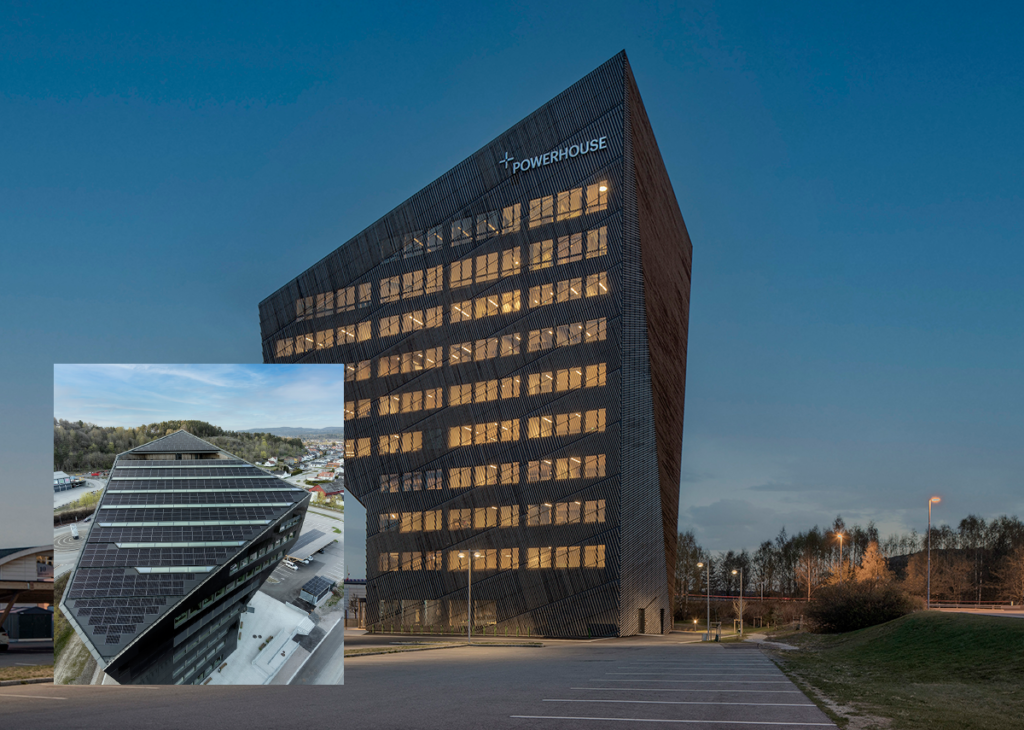
CO2-neutral building “Powerhouse Telemark” – Photographer: Sindre Ellingsen / Rights of use: Schüco International KG
Norway's climate protection goals are ambitious. The aim is to have an almost CO2-neutral building stock by 2050. A groundbreaking impetus for the decarbonization of new office buildings is the “Powerhouse Telemark,” which offsets its carbon footprint over the entire life cycle. The innovative facade solution is of central importance.
The striking silhouette of the “Powerhouse Telemark” is visible far beyond the horizon of the industrial town of Porsgrunn. When the sun shines, the eleven-story office tower sparkles like an XXL-sized amber-colored diamond, whose roof terrace offers a brilliant view of the regional center of the province of Telemark, which has around 35,000 inhabitants, and the Frierfjord. Completed in summer 2020, the zero-emissions building has become a symbol of the transition to a green economy in the region, which is located about 150 kilometers south of Oslo and has a long history as a progressive business location. The UNESCO World Heritage Site of Vemork, which is located in the same province as Porsgrunn, is home to one of the largest hydroelectric power plants of the early 20th century. The location couldn’t be more suitable for a “powerhouse”.
More about it here:
The climate goals for 2030 - The EU Commission's goal by 2050 is 0
The EU Commission wants to achieve the climate goals for 2030 with an extensive package of requirements. As the graphic shows, emissions of climate-damaging gases should be reduced by 55 percent compared to 1990. By 2050, they should be reduced to zero. The graphic is based on data from the European Union's Emissions Database for Global Atmospheric Research (EDGAR). It includes CO2 emissions from all nations in the world. For the data, all available sources from the respective countries are brought together and added together to form the national total emissions. The data therefore gives a very accurate picture of actual global emissions by country.
The Commission wants CO2 emissions from new cars to fall by 55 percent below current levels by 2030. Five years later, new cars must be completely emission-free. Emissions trading will also be expanded. The Commission wants to reduce the number of certificates more quickly and issue fewer free allocations. Shipping traffic will also have to acquire emission rights from 2023. In addition, further trading in emissions credits is planned for the areas of transport and buildings from 2026. This could make fuel and heating oil more expensive. The Commission proposes to abolish the tax exemption for aviation fuel. Planes and ships should increasingly add more climate-friendly fuels. The forecasts for the use of synthetic kerosene in aviation are still relatively cautious, as the graphic below shows.
The package of twelve legislative proposals is now being discussed among the 27 member states and in the EU Parliament. Observers expect this could take months. In the end, both sides have to agree. There is already criticism of individual points.
More about it here:
- Warehouses, production halls and industrial halls with their own power source from a photovoltaic roof system - Image: NavinTar|Shutterstock.com
- Industrial plant with its own power source from an outdoor photovoltaic system - Image: Peteri|Shutterstock.com
- Plan solar systems with photovoltaic solutions for freight forwarding and contract logistics
- B2B solar systems and photovoltaic solutions & advice
- Plan photovoltaics for warehouses, commercial halls and industrial halls
- Industrial plant: Plan a photovoltaic open-air system or open-space system
- Plan solar systems with photovoltaic solutions for freight forwarding and contract logistics
- B2B solar systems and photovoltaic solutions & advice
Here is your Xpert.Solar advice on solar carports, solar systems and solar systems on flat roofs for Villingen-Schwenningen, Sindelfingen, Schwäbisch Gmünd and Rastatt
I would be happy to serve as your personal advisor.
You can contact me by filling out the contact form below or simply call me on +49 89 89 674 804 .
I'm looking forward to our joint project.
Xpert.Digital – Konrad Wolfenstein
Xpert.Digital is a hub for industry with a focus on digitalization, mechanical engineering, logistics/intralogistics and photovoltaics.
With our 360° business development solution, we support well-known companies from new business to after sales.
Market intelligence, smarketing, marketing automation, content development, PR, mail campaigns, personalized social media and lead nurturing are part of our digital tools.
You can find out more at: www.xpert.digital – www.xpert.solar – www.xpert.plus




